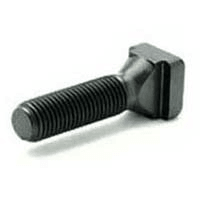This better fit does a better job of transferring loads from nut to bolt and thus a better job of holding important airplane parts together. Third, while on the subject of threads, the threads on aviation hardware are made to a Class 3 fit, rather than the Class 2 fit of commercial hardware. The thread differences in particular make a big difference in the ability of the bolts to handle fatigue. In addition, they typically have a much longer unthreaded portion of the shank, which gives them a much better bearing surface to deal with shear loads.
Aviation bolts have threads with a larger radius at the bottom of the threads. Little things that you can’t see make a big difference here. Second, aviation nuts and bolts have much better fatigue strength compared to commercial hardware, even Grade 8, mainly because their threads are formed differently. Just as you wouldn’t use 6061-T6 aluminum for a part that was designed to be made of 2024-T3 (you wouldn’t, would you?), you shouldn’t substitute commercial hardware from your favorite home center for the specified aviation hardware. By using AN (Air Force-Navy), MS (Military Standard), and NAS (National Aerospace Standards) nuts and bolts, you can be sure that you are providing the strength and fatigue resistance that the designer expected from a builder. First, most aircraft designs are based on using aviation hardware.


